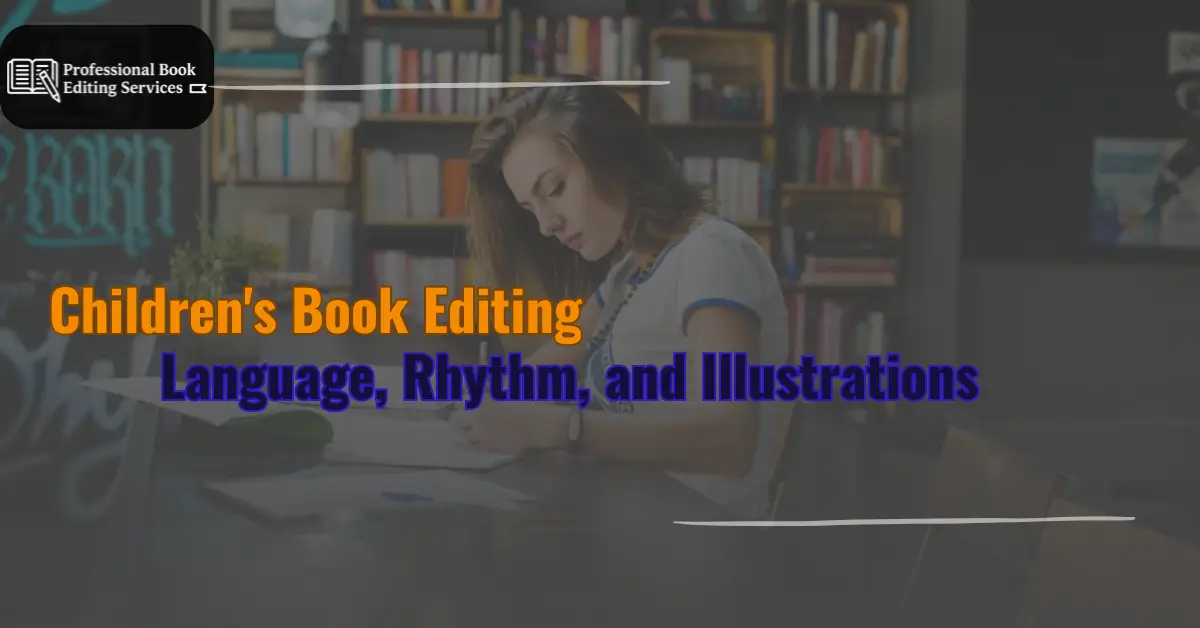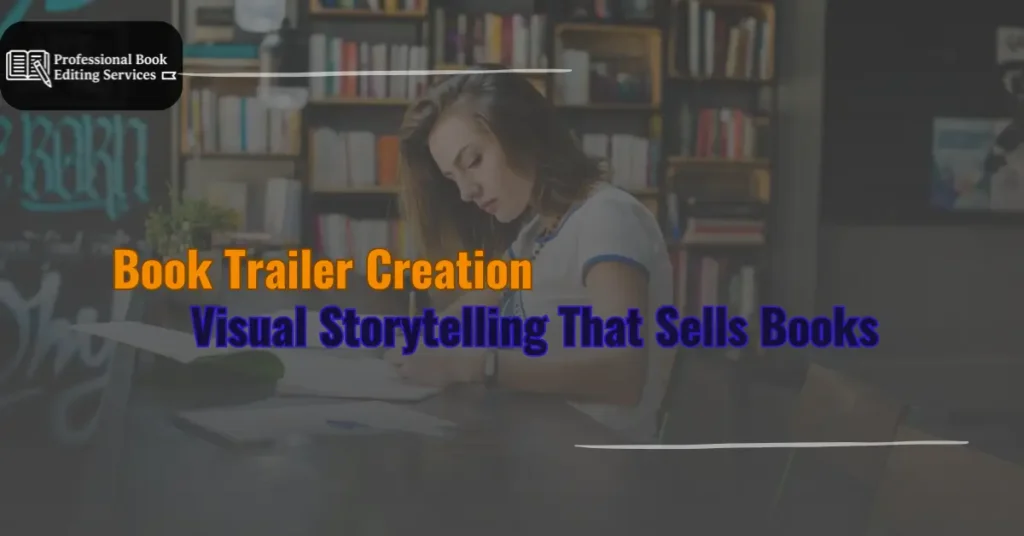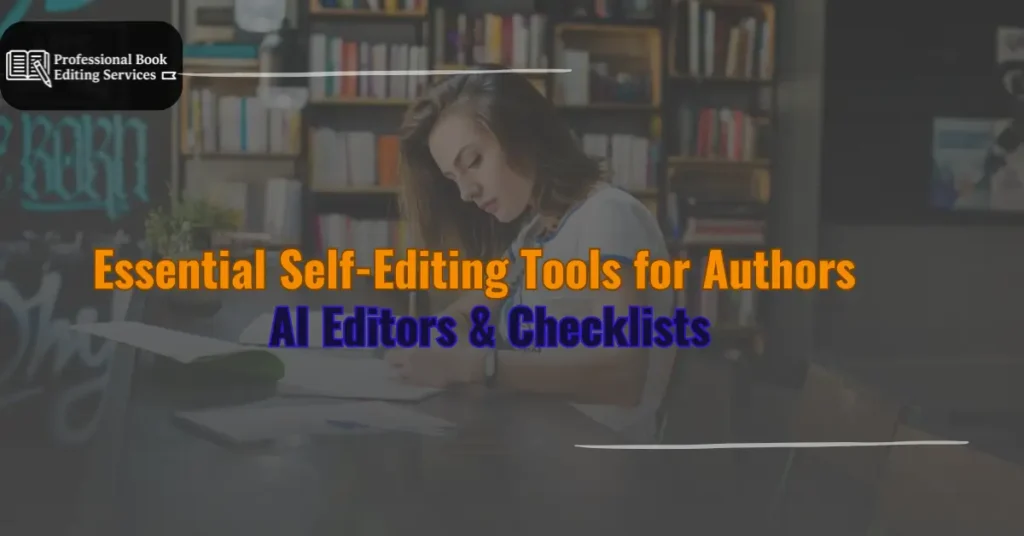Children’s stories may seem simple at first. But the moment you sit down with your pen, you’ll realize how challenging it is to write stories that are worth their attention.. Writers have to make sure their written story holds a young reader’s attention, supports early language skills, and invites imagination. It takes clarity, structure, and a deep understanding of how kids engage with language and visuals. That’s where children’s book editing becomes essential.
Children’s books are some of the most carefully constructed in publishing. Every word carries weight. Every line of dialogue, every scene, and every page turn must serve a purpose, whether it’s emotional, educational, or just plain fun. And because illustrations often share equal ground with the text, editors also ensure that words and images complement each other without competing.
Editing a children’s book isn’t just about grammar or page counts. It’s about knowing how kids read, what keeps them interested, and how to make that experience feel natural, memorable, and age-appropriate. Here’s what you need to know:
Matching Language to Reading Level
Editors begin by evaluating vocabulary. Are the words familiar enough for the target age group? Is sentence structure too complex, or just right for developing readers? Is there a natural rhythm when the book is read aloud?
With picture books and early readers, clarity is critical. Editors look for places where long sentences can be shortened, where tricky words can be swapped out, or where repetition can support learning. But they also keep an eye on tone. Simplicity should never feel dull or condescending.
In children’s book editing, matching vocabulary to developmental stages is one of the most important tasks. Editors make sure the language builds confidence and encourages curiosity, rather than confusing or overwhelming the reader.
Writers who have worked in areas like self-help book editing or non-fiction editing may need to adjust their approach significantly. In children’s books, clarity means fewer words, not just simpler ones.
Creating Natural Rhythm
The best children’s books have a musical quality to them. They flow. They bounce. They invite children to listen, speak along, and remember the words even after the book is closed.
Editors focus on rhythm and cadence, especially in books meant to be read aloud. They listen for clunky phrasing, awkward pauses, or sentence patterns that break the flow. Even without formal rhyme, a good children’s book has a beat that holds attention.
Rhythmic editing is especially important in books written in verse or poetic form. While it shares qualities with poetry editing, the goals are different. Here, the rhythm supports comprehension, language development, and emotional engagement.
When the rhythm is right, children don’t just hear the story, they feel it.
Aligning Text with Illustrations
Children’s books are as visual as they are verbal. Illustrations tell part of the story, add emotional depth, and often deliver humor or context that the text doesn’t explain. That’s why editors work closely with both the manuscript and the visual narrative.
Editors ensure the text leaves space for illustrations to shine. They identify areas where text may repeat what’s already shown or where key scenes aren’t adequately supported by the visuals.
Sometimes, this means reducing text to let an image do the talking. Other times, it means clarifying a line so it matches the action on the page.
This kind of synergy isn’t as central in genres like romance novel editing or thriller editing, but in children’s publishing, it’s vital. The best stories are seamless collaborations between words and images.
Maintaining Engagement Page by Page
Page turns in children’s books are moments of suspense and pacing. Editors pay close attention to how the story unfolds visually and emotionally across spreads.
They check for balance. Is each page or spread doing something meaningful? Does each advance the plot, deepen the character, or build anticipation? Are there moments of rest, humor, or excitement in the right places?
Maintaining this kind of engagement is also crucial in other genres, such as YA book editing and YA fantasy editing, where pacing must match the reader’s expectations. But with children, that pacing must be even tighter.
Editors work with writers to cut filler, rearrange content, and even recommend layout adjustments to improve momentum.
Refining Narrative Voice
Just like in adult fiction, voice matters in children’s books. But here, it needs to be even more intentional. Editors look for a voice that feels playful, honest, and tuned to how children see the world.
Is the narrator speaking to the child or at them? Is the humor actually funny for the age group? Are the emotions conveyed clearly without being over-explained?
Whether it’s a curious bear, a thoughtful sibling, or a silly alien, every character’s voice must feel real and consistent. And editors ensure that the voice stays true from beginning to end.
This careful attention to tone can be informed by experience in memoir editing or short story editing, where voice is a powerful storytelling tool. The same applies here, only simplified and sharpened for younger minds.
Supporting Story Structure
Even simple stories need a strong structure. A good children’s book has a clear beginning, middle, and end. It presents a problem, explores an emotional or imaginative journey, and brings closure in a satisfying way.
Editors make sure those elements are present. They look for stakes, cause-and-effect, and character motivation, even in the simplest plots.
They also assess whether the ending delivers a meaningful conclusion. Whether it’s a laugh, a lesson, or a quiet moment, the final lines matter. Editors work with authors to refine that final beat until it feels just right.
In this way, children’s books often share more with historical fiction editing or fantasy book editing than expected. Structure gives stories power, no matter the audience.
Fact-Checking and Clarity
Some children’s books contain factual content, science topics, nature details, and historical references. In these cases, editors verify accuracy and adjust explanations to match the target reading level.
They ensure facts are introduced clearly and in ways that invite curiosity. Abstract concepts may need to be simplified or paired with vivid examples. Ambiguity is avoided.
This step draws from best practices in non-fiction editing, but is adapted for developing minds. Editors are careful not to overload young readers with too much detail, or worse, misinformation.
Early Feedback and Development
Writers often rely on beta readers and editors to test early drafts. For children’s books, feedback from parents, educators, and even young readers can be especially valuable.
Editors help interpret this feedback. If a child lost interest halfway through, was it the pacing? The language? The layout? Editors help the author identify where the issue is and how to fix it.
Before reaching an editor, authors can also use self-editing tools for writers to tighten prose and catch small issues. But for structural changes, rhythm refinement, and illustration integration, professional editing is key.
Conclusion
Children’s book editing is a creative and collaborative process that shapes how young readers experience a story. It polishes language, tunes rhythm, aligns visuals, and ensures engagement from cover to cover.
When done well, editing transforms a charming draft into a story that teaches, entertains, and lasts. Whether you’re writing about playful animals, brave siblings, or fantastical journeys, the editor’s job is to help the heart of your story shine through, clearly, rhythmically, and beautifully.
And just like with science fiction editing, YA book editing, or even self-help book editing, the ultimate goal is the same: connect with readers and leave a lasting impression.





